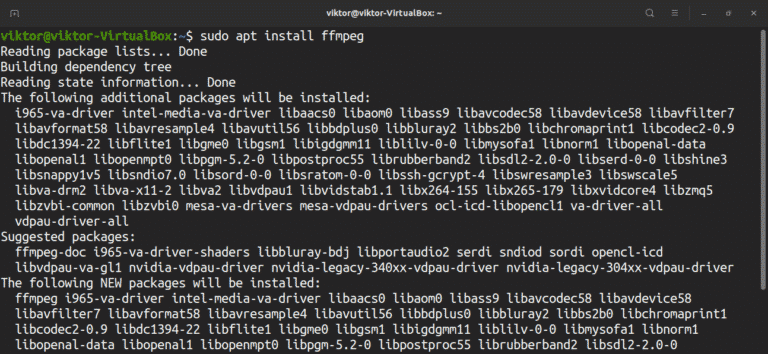


AVStream Represents a single audio, video, or data stream in your container.AVFormatContext Represents your specific container.AVInputFormat/ AVOutputFormat Represents a container type.īest way to get started is to look at the official examples. If you only need to do encoding and decoding, you can simply pipe the inputs and outputs of the FFmpeg CLI to your program. ffmpeg -i input -vf "drawtext=fontfile=Arial.ttf: text='%': start_number=1: x=(w-tw)/2: y=h-(2*lh): fontcolor=black: fontsize=20: box=1: boxcolor=white: boxborderw=5" -c:a copy outputĪ doxygen reference manual for their C api is available at. "format=pix_fmts=yuva420p,split=2 :replace=1:t=fill vstack ffmpeg -i $1 -i $2 -i $3 -filter_complex "split vstack" output.mkv -yĬoncatenate Videos ffmpeg -i part_1.mp4 \Ĭoncat=n=3:v=1:a=1" \ The last statement in your edge will be the output of your command:Į.g. The filter syntax allows you to chain multiple filters where each filter is an edge.įor example, split creates two vertices t1 and t2 from input 0. Useful for extracting frames from timelapses.įfmpeg -i input.mp4 -vf mpdecimate,setpts =N/FRAME_RATE/TB out.mp4įilter complex allows you to create a graph of filters. This will add the following sidedata which you can see using ffprobe: To add 360 video metadata, you should use Google's spatial-media.

Sometimes you may run into errors where height or width is not divisible by 2.įfmpeg -i input.mp4 -vf "v360=eac:e,scale=iw:-2" output.mp4Ĭonverting to rectilinear ffmpeg -i input.mp4 -vf "v360=e:rectilinear:h_fov=90:v_fov=90" output.mp4 You can convert this to the traditional equirectangular format as follows:įfmpeg -i input.mp4 -vf "v360=eac:e" output.mp4 See v360 filter Converting EAC to equirectangular


 0 kommentar(er)
0 kommentar(er)
